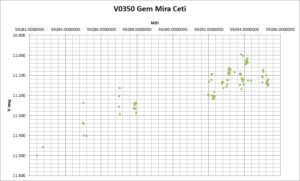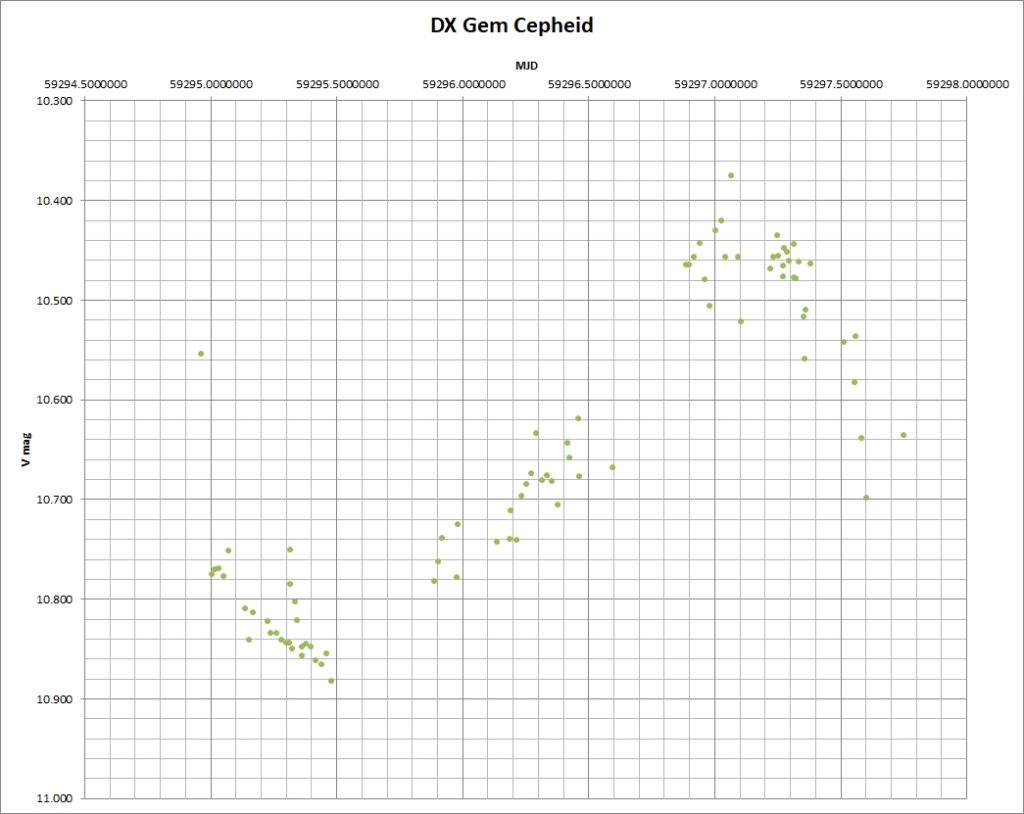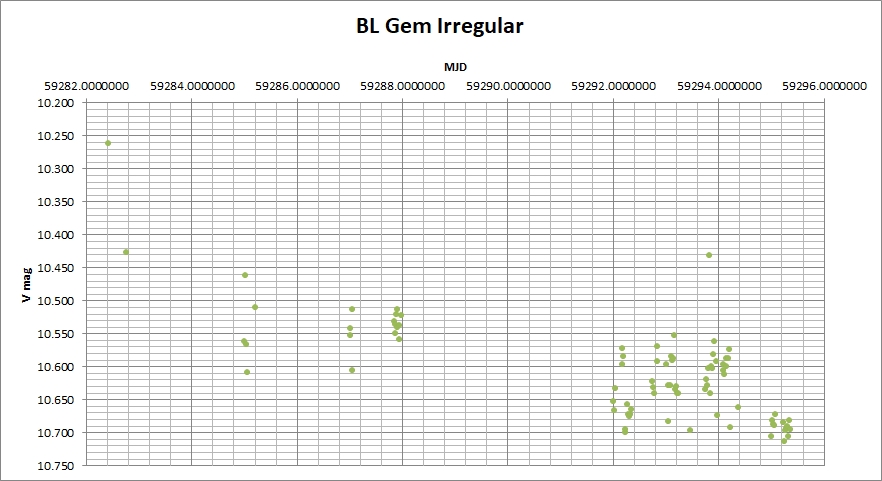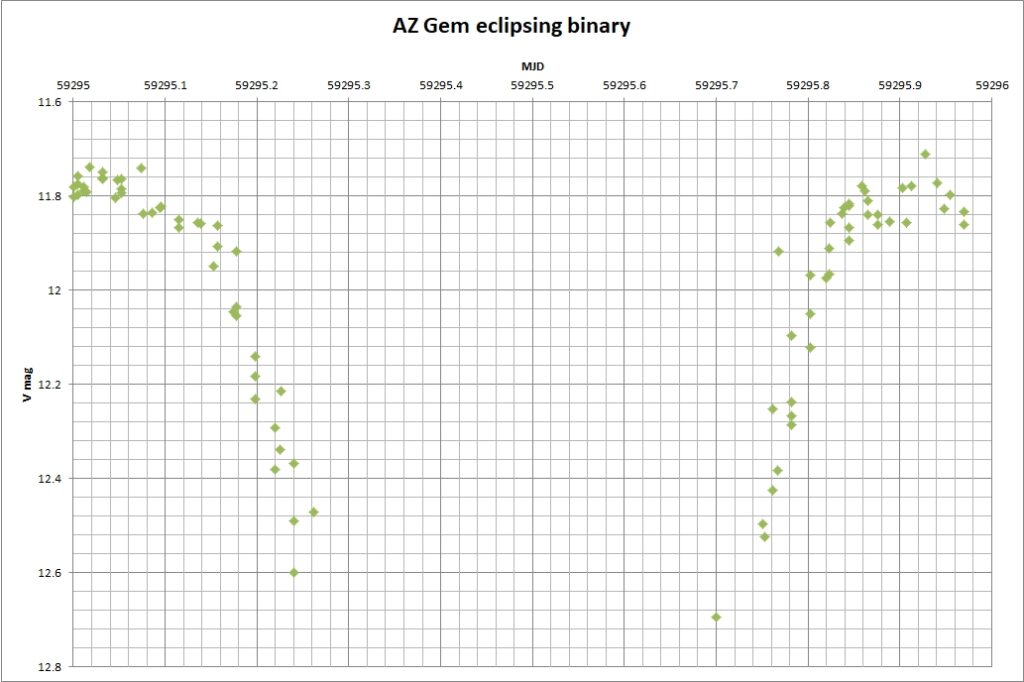-
Faulkes Telescope Project Privacy Policy
A FINE collaboration: four countries observing four variable stars in Gemini
You need to add a widget, row, or prebuilt layout before you’ll see anything here. 🙂
By André Debackère and Paul Roche
In February, Vegard Rekaa (a school teacher in Norway, and part of the Online Observatory project working with FTP) asked Paul Roche if he could observe some Cepheid variables. Paul forwarded this request to André Debackère in France, who proposed a list of these variables that can be observed with the 0.4m telescopes of the LCO network. André asked his existing school collaborators, Conrad Stevens (England) and John Murphy (Ireland), to participate in this new observing programme.
After consulting a list of targets amongst Galactic Classical Cepheids, our choice fell on stars whose luminosity is suitable for telescopes of 0.4m in diameter and whose period is short enough to be easily studied in a few weeks.
André Debackère suggested to observe the Cepheid named DX Gem. He realised that the 0.4m telescope field of view (19’ x 29’) would allow 3 other variables to be observed at the same time.

And so the “Four nations observing four variables” project had begun – and with France, Ireland, Norway and England working together, this could be a FINE collaboration 😉
The main target:
DX Gem
Cepheid, V range 10.53-10.92, Period = 3.1 d
The other variables are:
V0350 Gem
Long period Mira Ceti type, V range 11-14, Period ~444 d
BL Gem
Irregular variable, V~10.7, Period ~51.5 d
AZ Gem
Eclipsing binary in contact EB type (Beta Lyrae type), V range ~11.8-12.4, Period = 1.0 d
Our results:
Following a few successful observing runs for each partner during March, lightcurves were produced for all 4 variable stars. Data has been obtained in several filters (B,V and r’), so an investigation of colour changes can also be undertaken by students. The initial lightcurves below (V band data only) show clear evidence for variability in each target.

The team plan to continue monitoring this field, and will be updating their data archive over the next few months – so look out for new results! In particular, we will be looking not only at how the brightness of each star varies, but also how the colour changes with time, and finding out what that can tell us about the astrophysics going on in each case.
Posted in News, Uncategorized



